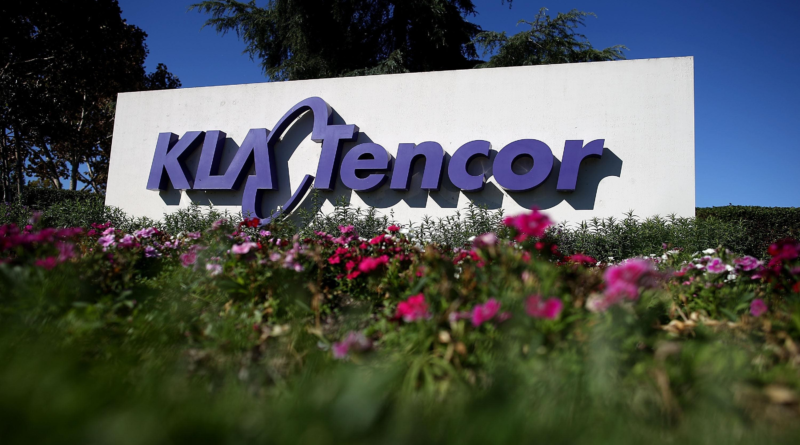Why KLA-Tencor's Sale Should Change Silicon Valley Forever – Forbes
The cash gushing technology sector been has been catnip to activist hedge fund investors for years, drawing in the likes of Carl Icahn, Dan Loeb and Elliott Management’s rising star Jesse Cohn. But a Wednesday takeover of semiconductor
In fact, KLA-Tencor should be seen as a model for how Silicon Valley c-suites should manage their corporate assets, including cash.
MILPITAS, CA – OCTOBER 21: A sign is posted in front of the KLA-Tencor headquarters on October 21,… [+]
KLA-Tencor is being acquired by Lam Research for a relatively modest premium and the company’s $67.02 a share pricetag comes at a discount to its beginning of year share price. Long-time shareholders, however, are likely to see the deal as a far better outcome, and one that bolsters their 2015 returns. Here’s why:
Around this time last year the 35-year old mainstay in Silicon Valley, which has been publicly traded about as long as
In November it announced a $16.50 special cash dividend, payable around Thanksgiving. The company was generating strong operating cash flows and had nearly $3 billion in cash on its balance sheet to go with just under $800 million in debt – putting it in a net cash position that would only build through 2015. It decided a special dividend would cut into the cash surplus, while also returning real value to investors. As a result of the dividend, KLA-Tencor’s cash stockpile fell to $2.4 billion and its debt rose to $3.2 billion, barely putting the company in a leveraged position.
Then the chip market soured amid overcapacity, poor pricing and volatile commodity moves. Shares in all chipmakers have generally fared poorly in 2015, with many firms like KLA-Tencor down 20% or more. Amid capacity issues and a maturation of the market, firms in Silicon Valley decided to merge.
Because of the leveraged recapitalization, KLA-Tencor shareholders are poised to fare well from the consolidation, and far better than many other chip investors. Add the $16.50 cash payment, three quarters of dividends and to Wednesday’s takeover offer up and shareholders are set to receive over $85 a share, an about 4% premium to KLA-Tencor’s record high hit in November of 2014.
Had the company not released nearly $3 billion in cash and levered up a bit, a private equity or corporate acquirer might have tried to borrow against KLA-Tencor’s balance sheet to buy it, doing little to generate value for public investors. Dell’s take private by Michael Dell and Silver Lake Partners in October 2013 is a prime example.
The price generated from KLA-Tencor’s sale also compares favorable to SanDisk’s sale to Western Digital. Yes SanDisk is being acquired at a 40% premium to its stock price at the beginning of October, but the deal amounts to a 20% take-under from beginning of year share prices. With no net leverage and a focus on share buybacks over dividends, SanDisk made it relatively easy for Western Digital to swoop in with a mostly cash takeover offer in a deal that promises tremendous synergies.
There’s yet another rub to KLA-Tencor’s takeover.
Technically investors will continue to own the business even if Lam Research is able to successfully complete its acquisition. Shareholders of record are set to receive $32 a share in cash and a 0.5 shares in the combined company per each KLA-Tencor share they own. In a sense, KLA-Tencor shareholders have received a total of about $50 in cash from their stock over the past year through special cash payments, dividends and takeovers — and now they are set to hold 50% of their position in what appears to be a far more profitable company.
Perhaps a greater payout is in store.
The interesting point is all of this appears to have been done without the prodding of an activist, and none of it seems particularly complicated.
Were the likes of Apple, Dell, eBay, Yahoo and other tech firms to have adopted a similar approach, one wonders if there would have been a need for Carl Icahn or Dan Loeb to get involved. KLA-Tencor is a case study in how c-suites can manage assets in a manner that appeases activists and serves the long-term good of investors.

